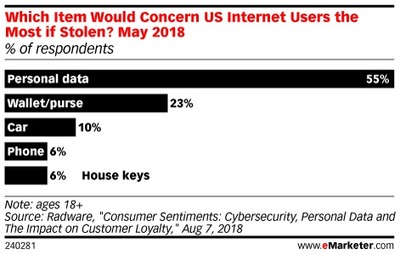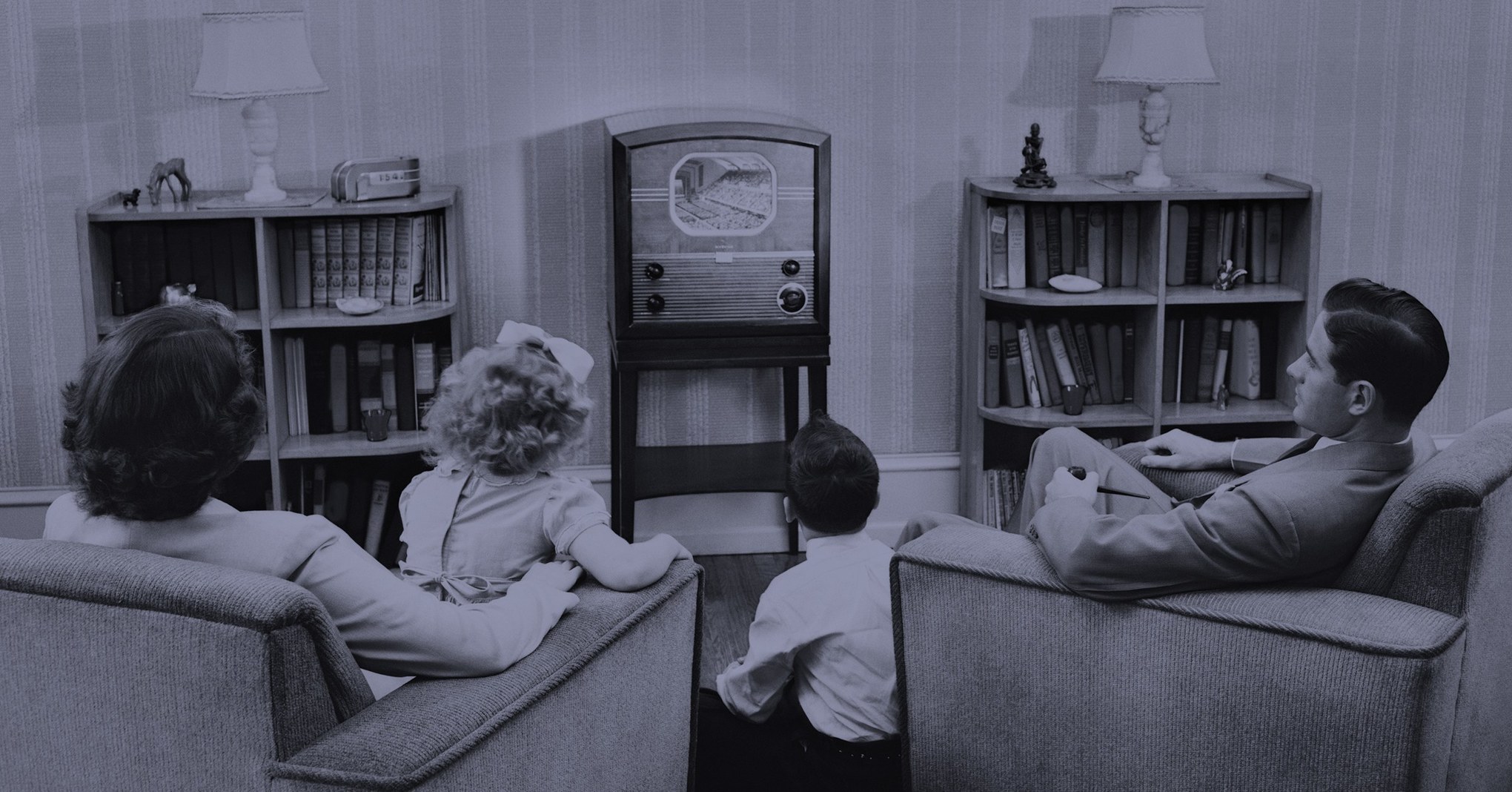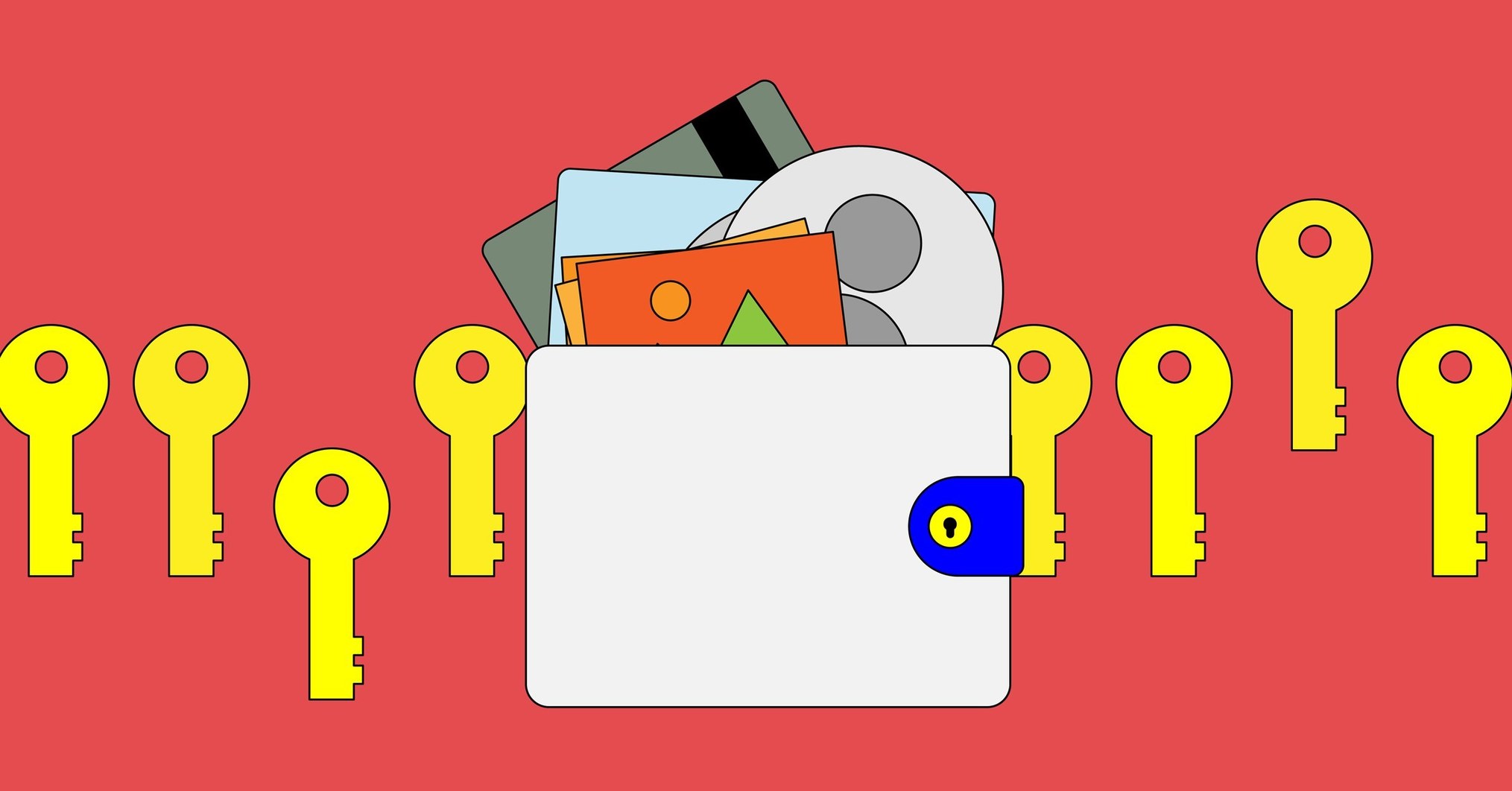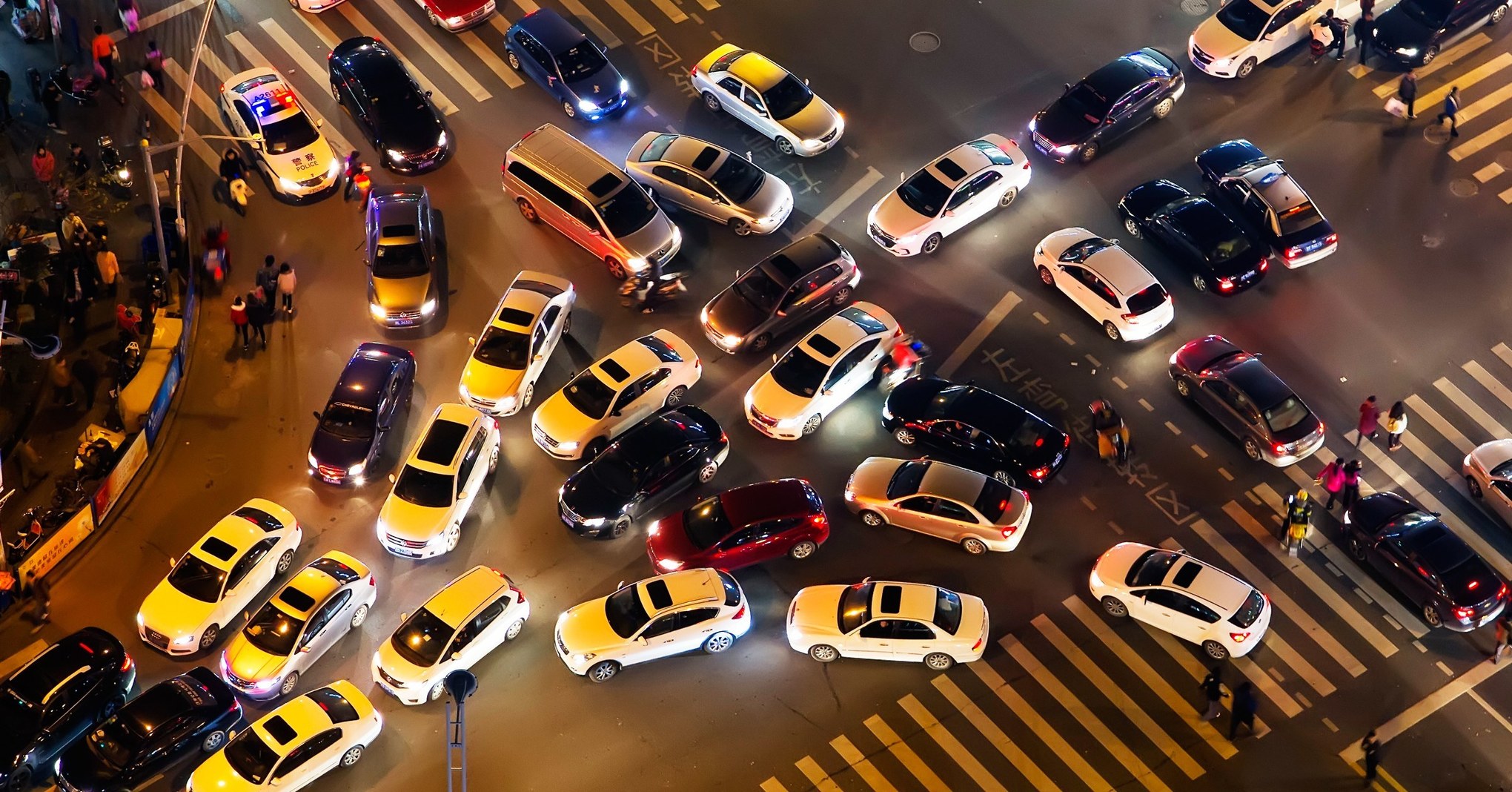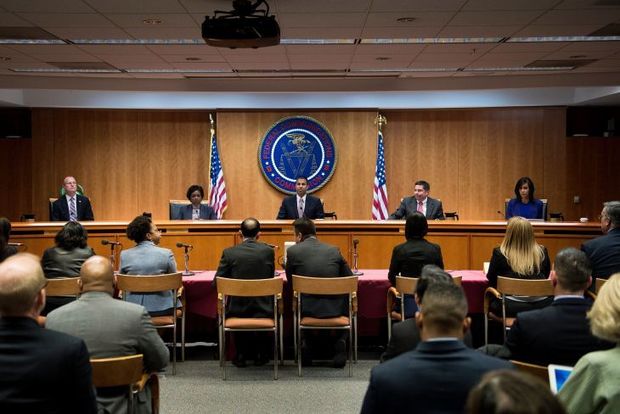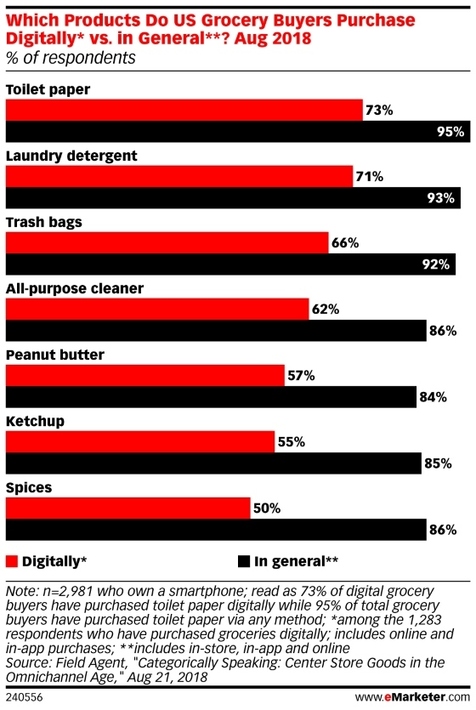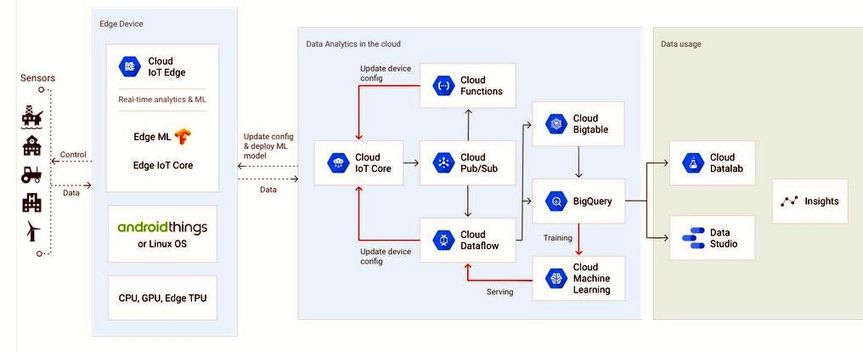Some People Say Their Data Is Worth More than Their Car – eMarketer Trends, Forecasts & Statistics
In a May survey of 3,024 US internet users conducted by Radware, most indicated that they value their personal data more than their wallet, car, phone or house keys. Respondents worried most about their social security number becoming compromised.Now, the data needs to be put in perspective. For one thing, online surveys don’t always generalize to the entire population. Those who agree to complete a survey about personal data are a self-selected group that probably care more about data security than the average person.Even more importantly, it is necessary to note that while consumers regularly express concern about data security and privacy, their actions tend not to reflect that concern.Nonetheless, the Radware data indicates a heightened level of concern. And marketers are not ignoring that.

